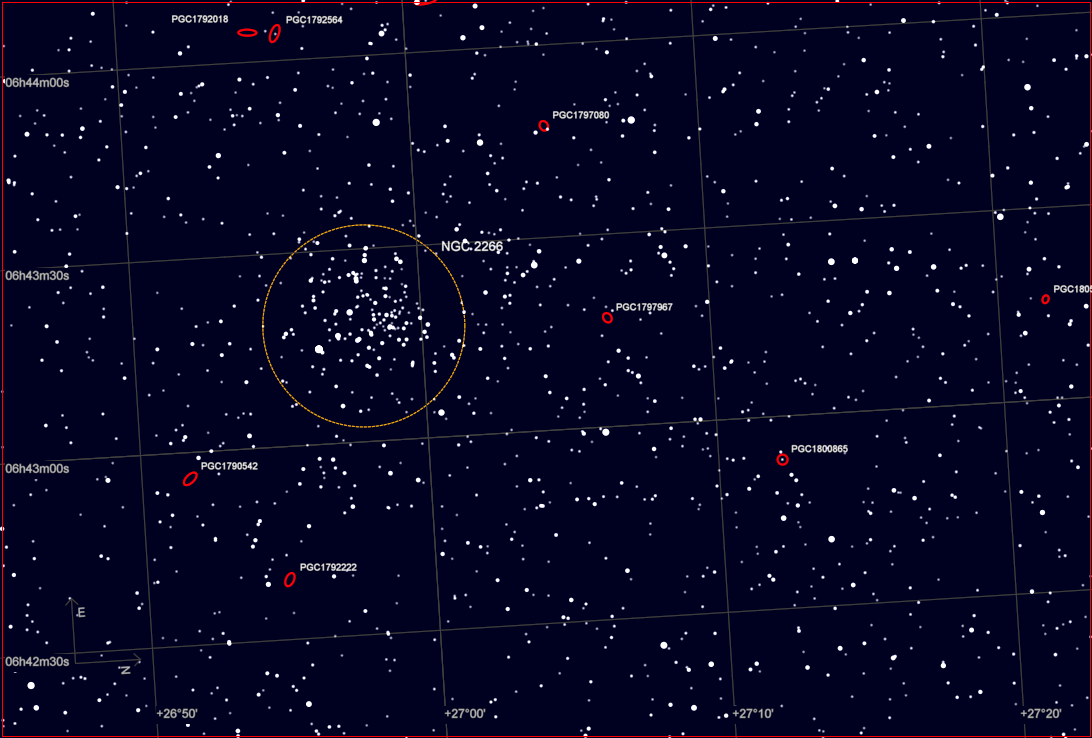NGC 6791 is an open star cluster in the constellation Lyra. Discovered in 1853, it is unusual in that there are three distinct populations of stars in the group. Along with a group of 8 billion year old normal stars there is a group of white dwarfs with a 6 billion year age and a group of white dwarfs with a 4 billion year age. This is contrary to the classic definition of open star clusters such that the stars of such a group are all born from the same molecular cloud and all have the same general age. Needless to say, this cluster has astronomers questioning their understanding of cluster formation and is heavily studied.
NGC 6791 was one of the few deep sky objects included in the field of view (FOV) of the Kepler spacecraft during its primary science mission.
Comet hunter, Charles Messier, discovered this object in June 1764. Now known as a globular cluster, this gravitationally bound group of stars is located in the constellation Ophiuchus. The dark area below and left of the cluster is part of dark nebula Barnard 64. The group is approximately 25,800 light years from the solar system.
NGC 6426 is a small dim globular cluster in the constellation Ophiuchus. It is one of the 150 or so globular clusters that orbit the Milky Way galaxy.
This image is a stack of sixty 60 second monochrome images.
The cluster was discovered by German born English astronomer William Herschel in 1786. It lies an estimated 67,000 Lys from the Sun and above the galactic plane.
Since I am now waiting for the reprogrammed mount control panel to return I have some time to catch up with some archived imagery.
Once thought to be a supernova remnant, this nebula is now known to be an old planetary nebula. It was discovered by renowned astronomer George Abell in 1955. This is one of the first objects in the Sharpless catalog that I have imaged.
Using Palomar Sky Survey plates as source material, US Naval Observatory astronomer Stewart Sharpless published two catalogs of H II regions. The catalogs also contain some planetary nebulae and supernova remnants. This nebula is one of those and the 274th item in his second catalog.
The nebula is located in the constellation Gemini on the border with Canis Minor. It is estimated to be about 1500 light years distant. Deeper exposures than this show the nebula to have a braided appearance hence the Greek mythology Medusa name reference. The nebula is also cataloged as PK 205+14.1 in the catalogue of galactic planetary nebulae published by Czech astronomers Luboš Perek and Luboš Kohoutek.
The observatory upgrade proceeds, but the outside temperature has delayed cutting new floor panels. The current plan is to try again over the next couple of days. If the conditions don’t improve I will restore the previous floor/wiring configuration to bring the PTO back online as soon as possible and watch for the next favorable opportunity to resume the floor task. I am anxious to observe the shadow of minor planet (1424) Sundmania as it passes across the panhandle on the 12th of January.
In the meantime I am processing a backlog of imagery.
This image was taken on the 14th of December. NGC 2266 is a compact open cluster discovered by William Herschel in 1785 in the constellation of Gemini. It is relatively old for an open cluster and has an estimated age of 1 billion years. The cluster’s distance has been estimated as 2.6 kpc (8485 ly).
![(NGC 6791) [C: 56x60s]](https://ptobservatory.com/wp-content/uploads/2016/08/lvl_crv_dcv_ddp_NGC-6791-1024x690.jpg)
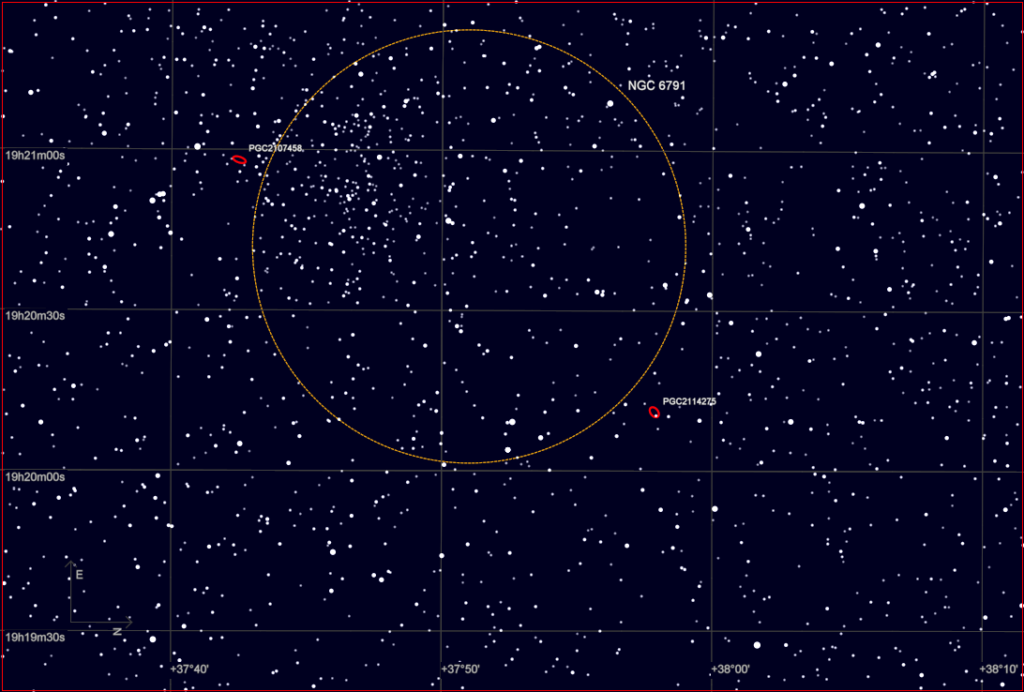
![(M 9; NGC 6333) [C:45x60s]](https://ptobservatory.com/wp-content/uploads/2016/07/lvl_crv_ddp_M-9-1024x690.jpg)
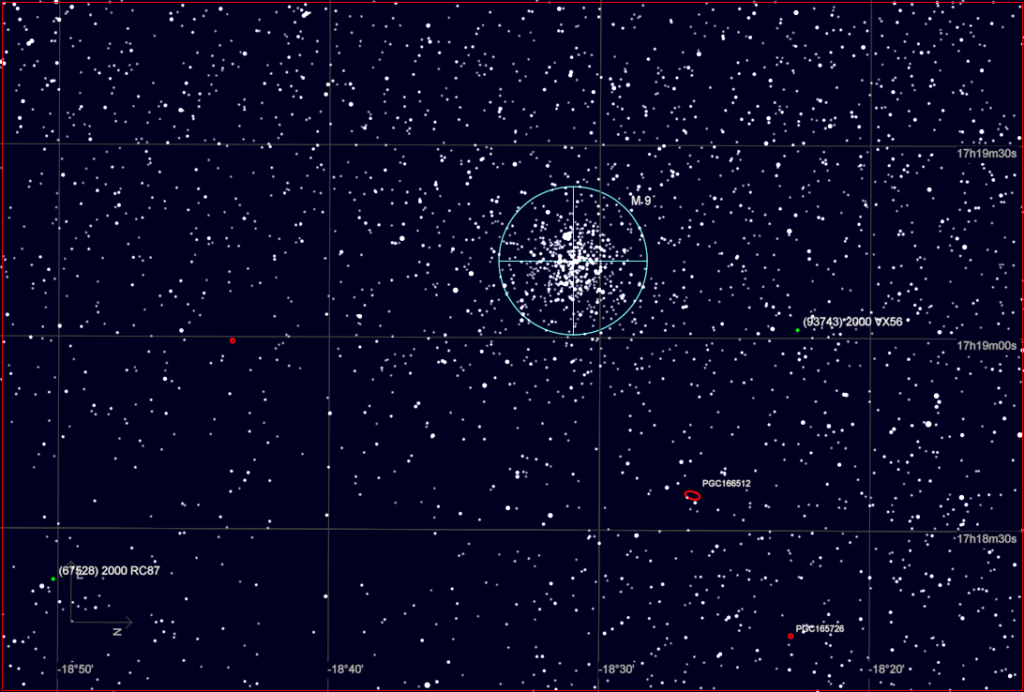
![(NGC 6426) [C:60x60s]](https://ptobservatory.com/wp-content/uploads/2016/05/lvl_crv_ddp_NGC-6426-1024x690.jpg)
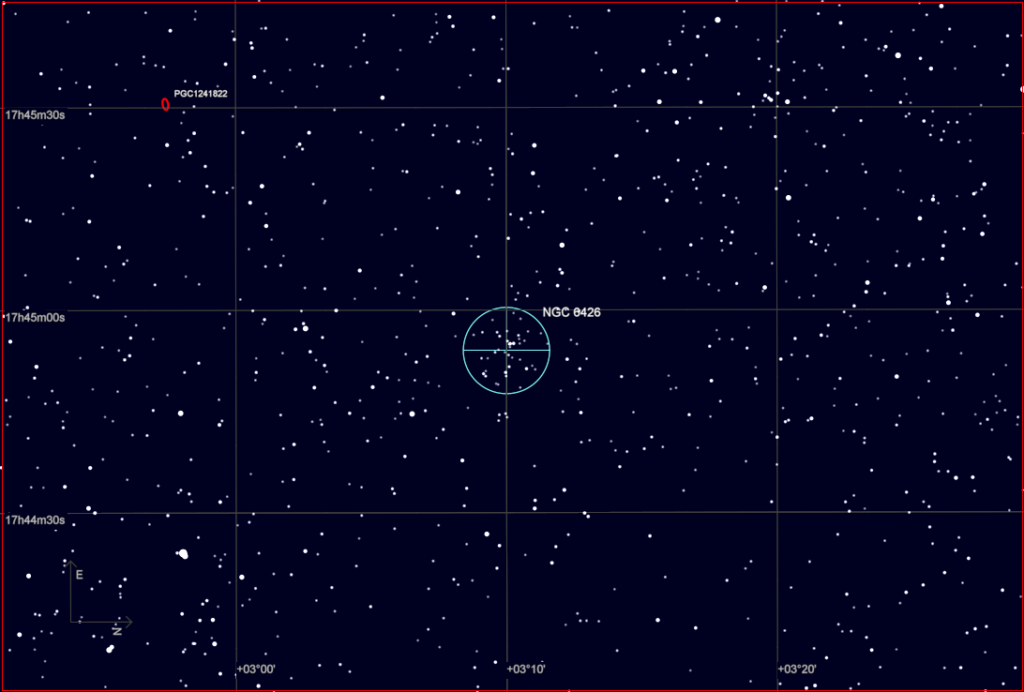
![Medusa Nebula (SH 2-274) [C:60x30s]](https://ptobservatory.com/wp-content/uploads/2016/01/crv_lvl_crp_SH-2-274.jpg)
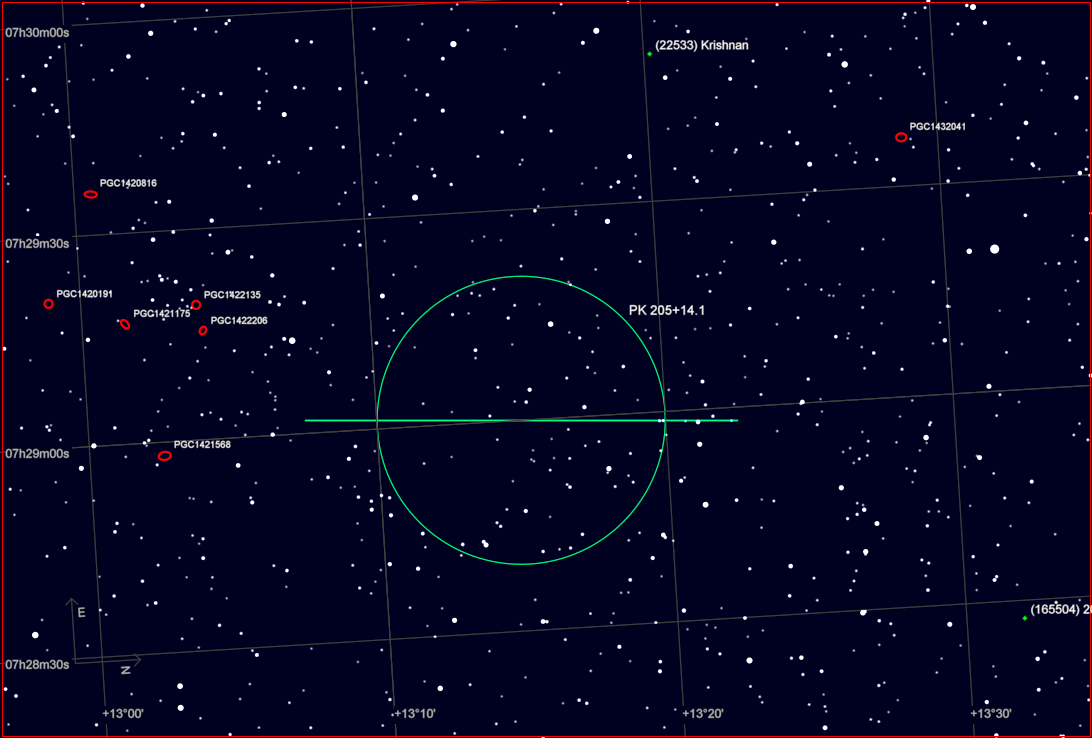
![NGC 2266 [C:58x30s]](https://ptobservatory.com/wp-content/uploads/2016/01/crv_dcv_ddp_NGC-2266.jpg)
